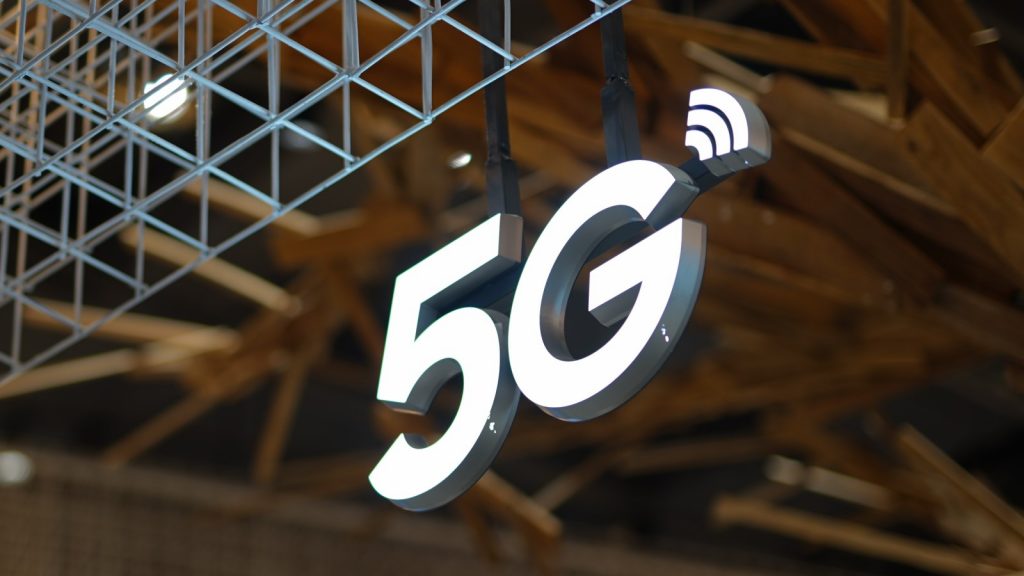Let’s be honest, when you upgrade to a shiny new 1Gbps fibre line, the first thing you do is run a speed test. And when that test comes back showing 600Mbps or less, disappointment hits hard. You paid for speed, where’s the rest?
But the truth is, speed tests are no longer the definitive measure of your internet experience. That disconnect between advertised speeds and what you’re actually getting comes down to a series of technical realities most people and many businesses — haven’t been told.
No ad to show here.
Throughput vs Capacity: The Real Numbers Game
Theo van Zyl, Head of Wireless at Vox, and Andre Eksteen, Senior Product Manager of FTTB at Vox, say the confusion starts with expecting capacity to equal throughput. In simple terms: your 1Gbps line has the potential to move data at that speed, but real-world performance is limited by dozens of other factors.
At lower speeds, your fibre line is usually the bottleneck. But once you hit higher tiers 500Mbps and up — the bottleneck moves elsewhere: to the websites you’re connecting to, the TCP/IP protocol’s inherent limitations, the quality of your router, and even the network path your data travels through.
Why Your Speed Test is Lying to You
Run a test on a laptop via Wi-Fi? You’re not testing the line you’re testing your device’s wireless chip and whatever interference it’s dealing with. Use an older LAN cable? It might max out at 100Mbps. And even if all your gear is perfect, the server used in the speed test might be thousands of kilometres away, dragging your results down.
“In theory, a 5G connection can hit 20Gbps,” says van Zyl. “But in reality, you’ll rarely see more than a fraction of that due to radio frequency constraints, tower load, and device limitations.”
The same applies to fibre. A 1Gbps link wasn’t designed to deliver that speed to one user it’s meant to support many users and applications running at once. One person trying to download a massive file may not hit top speed, but ten people streaming, gaming, and Zooming can each enjoy great quality without a hitch.
Contention and Shared Infrastructure
Most broadband users are on contended services, meaning bandwidth is shared among customers. During peak hours, your 1Gbps may function more like 400Mbps — not because your ISP is ripping you off, but because everyone is using the same pipeline. It’s the difference between having your own private highway (dedicated line) and driving during rush hour on a national road.
Wireless networks face similar constraints. The more people connected to a tower, the lower each user’s share of the total capacity.
It’s Not Just About Speed Anymore
We’ve reached a new era in connectivity: bandwidth abundance. The issue is no longer how fast your line is, but whether your setup, your habits, and your expectations match reality.
The bottom line? Don’t obsess over that single speed test result. Focus instead on overall experience are your video calls smooth? Is streaming reliable? Do multiple users stay connected without frustration?
To truly benefit from high-speed internet, you need to optimise your entire digital ecosystem from the router you use, to enabling 2.5Gbps-capable ports, to understanding that a good connection supports many users at once, not just one speed freak downloading at midnight.
As fibre speeds climb and 10Gbps becomes more common, it’s time for consumers and businesses to shift focus. Speed tests offer a snapshot but real performance lives in how your connection supports real-world activity. It’s time to stop chasing perfect numbers and start building smart, future-ready networks.
